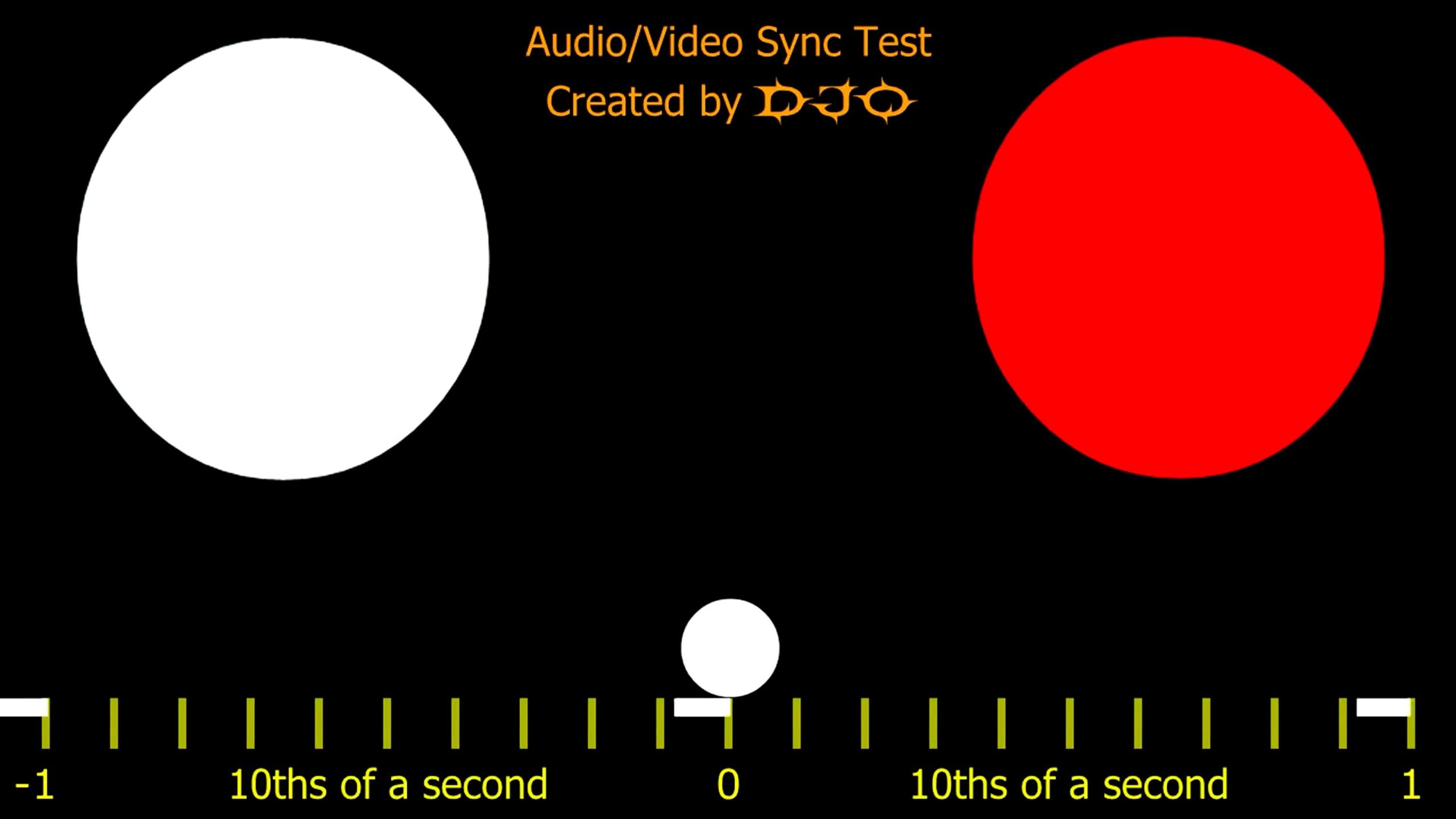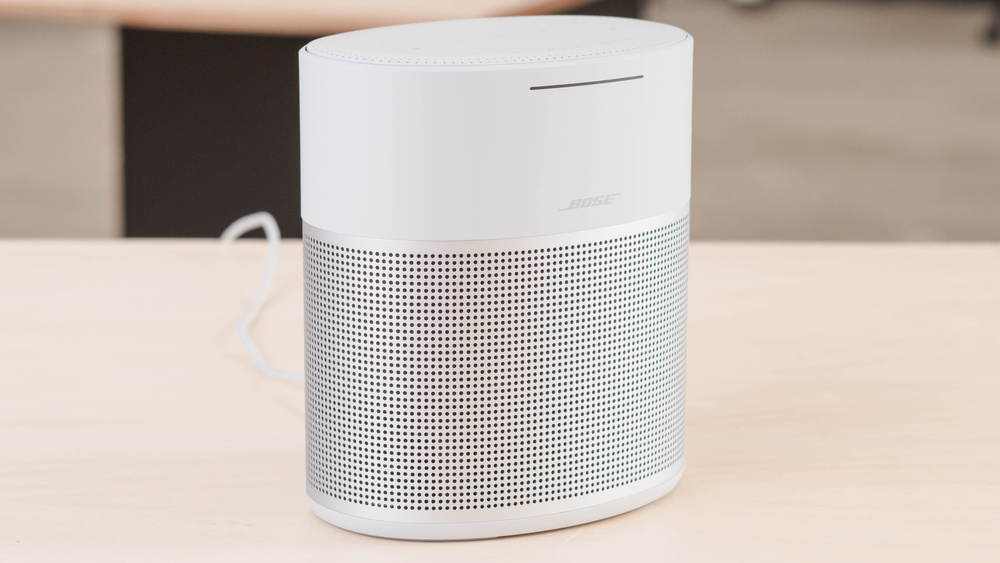- Table of Contents
- Intro
- When It Matters
- Our Tests
- Conclusion
- Comments
- 65.0% Wi-Fi Frequency Band
- 17.5% AirPlay Latency
- 17.5% Chromecast Latency
Wi-Fi is a common connection method for a variety of smart devices. However, not all speakers are Wi-Fi compatible since many only offer Bluetooth for streaming audio content wirelessly. Wi-Fi is a useful addition for a speaker, especially if you like using it at home, where you can link it with other smart devices. Also, Wi-Fi is generally required to use Google Chromecast and Apple AirPlay, two common connection methods for streaming audio content. Compared to Bluetooth, Wi-Fi is a less portable connection since you need a wired router nearby to connect to the Internet.
We break down a speaker's Wi-Fi performance into many different factors to give you a better understanding of which speaker best suits your needs. If a speaker is Wi-Fi compatible, we check its Wi-Fi version and which frequency band it uses. We also check whether a speaker has Apple AirPlay and Google Chromecast built-in. If it does, we test its latency over each connection, which indicates how suitable it is for watching videos. Below, we delve into these tests in more detail and explain why these factors matter when finding a speaker that's right for you.
Test results
When It Matters
A speaker's Wi-Fi performance matters if you like streaming music over a Wi-Fi connection. Also, if you like using Apple AirPlay and Google Chromecast, your speaker must be Wi-Fi compatible since they both operate over Wi-Fi. That said, AirPlay and Chromecast built-in are typically only found on Apple and Google devices, respectively. If you like using your speaker at home, you may want it to be Wi-Fi compatible to connect to other smart home devices. If you watch videos via AirPlay or Chromecast, it's also important that your speaker has low latency over these connections. Low latency ensures that the audio and video are in sync, which feels more real and natural. Also, you may want a speaker that comes with the newest version of Wi-Fi, which is generally faster and has a longer range than previous versions.
Our Tests
We test many aspects of a speaker's Wi-Fi performance to give you a better understanding of what to expect. We check which version and frequency band of Wi-Fi it uses, which gives you some general information about its speed and range when connected over Wi-Fi. We also determine whether a speaker has support for Apple AirPlay and Google Chromecast, which are two common methods of streaming audio content through your speaker. If a speaker has either of these built-in, we test its latency over these connections. This tells you whether your speaker is suitable for watching videos and playing video games since low latency means the audio and video will be in sync.
Wi-Fi Version
Wi-Fi technology gets updated periodically, which improves the speed and range of a device's Wi-Fi connection. There are six versions of Wi-Fi in total, though currently only Wi-Fi 4, Wi-Fi 5, and Wi-Fi 6 are commonly used. A speaker's Wi-Fi version may affect its range and speed of data transfer, which is helpful if you like using your speaker at home and streaming music over a Wi-Fi connection. The newest version, Wi-Fi 6, offers the fastest speed and largest range, followed by Wi-Fi 5, then Wi-Fi 4. Note that a Wi-Fi-compatible speaker can still connect to Wi-Fi regardless of its Wi-Fi version. To test a speaker's Wi-Fi version, we check its manual and the manufacturer's website. If we can't find it on either of these sources, but the speaker is Wi-Fi compatible, we set its version as 'Unlisted'. Since Wi-Fi 6 released in 2019, many speakers come with Wi-Fi 4 and Wi-Fi 5. For example, the Denon Home 350 has Wi-Fi 5, while the Apple HomePod mini comes with Wi-Fi 4.
Wi-Fi Frequency Band
Wi-Fi commonly uses two frequency bands, 2.4 GHz and 5 GHz. Generally, the 2.4 GHz frequency band offers a longer range, whereas the 5 GHz frequency band offers a faster speed. Devices with Wi-Fi 4 and Wi-Fi 6 support both frequency bands, while devices with Wi-Fi 5 only support the 5 GHz frequency band. When you connect your speaker to a Wi-Fi network, you can select the connection with the frequency band you prefer. If you plan on using your speaker far away from the router or in another room separated by a wall, you may prefer to use the 2.4 GHz band. If you want a faster connection for reducing latency while watching a video, you may want to use the 5 GHz band instead. To test a speaker's Wi-Fi frequency band, we check its manual and the manufacturer's website. For example, the Sonos Five only supports the 2.4 GHz frequency band, while the Bose Portable Smart Speaker supports just the 5 GHz band. Many Wi-Fi-compatible speakers, like the Amazon Echo Gen 4, support both the 2.4 GHz and 5 GHz frequency bands.
Apple AirPlay
Apple AirPlay is software that allows you to stream content wirelessly. If a speaker has Apple AirPlay built-in, you can pair a smart device to play music or podcasts through the speaker. Typically, only Apple devices like iPhones and iPads support Apple AirPlay. It usually uses a Wi-Fi connection to send content between devices, though some devices support peer-to-peer AirPlay, which operates over Bluetooth. AirPlay is also designed with home use in mind, letting you stream content to multiple devices in your home at once. To test whether a speaker has Apple AirPlay built-in, we check its manual and the manufacturer's website. Apple speakers, like the Apple HomePod and the Apple HomePod mini, typically have Apple AirPlay built-in, though some from other brands, like the Sonos One Gen 2, have it built-in as well.
AirPlay Latency
Latency measures the time it takes for an audio signal to reach your ears after being sent from its source. When using Apple AirPlay to stream audio through your speaker, this represents the delay between your paired device playing the audio and you hearing it. This is important when watching videos or playing video games since too much delay between the audio and video can make dialogue feel out of sync. If a speaker has low latency over Apple AirPlay, dialogue feels natural and real. Latency isn't very important when listening to music or podcasts since there's no video that the audio has to align to.
To test a speaker's latency over Apple AirPlay, we connect an iPhone 11 to the speaker and place an iPhone 7 on a tripod to film the screen of the iPhone 11. Using the iPhone 11, we play a latency test video from the YouTube app, with the audio coming from the speaker we're testing. We film the screen of the iPhone 11 using the iPhone 7's slow-motion camera. Using this slow-motion video, we measure the time difference between the circle hitting the bottom of the screen and the 'tick' sound from the speaker. This time difference, measured in milliseconds (ms), is the speaker's Apple AirPlay latency. If a speaker has very low latency, the 'tick' sound is heard at virtually the same time as the circle hitting the bottom of the screen, as seen in the original testing video. If a speaker has high latency, the tick is heard noticeably after the circle hits the bottom of the screen.


We consider a value of <150ms to be good for a speaker's Apple AirPlay latency. This is the same as our good value for Bluetooth latency and Google Chromecast latency. However, you may still notice a slight delay between audio and video if a speaker has close to 150ms of latency since this varies from listener to listener. Thankfully, most speakers with Apple AirPlay we've tested have low latency over that connection, so videos feel natural and aligned with the audio. Some apps and some devices compensate for latency differently, so you may notice some variation in your speaker's latency performance.
Google Chromecast
Google Chromecast is a type of connection that lets you stream audio content wirelessly. It requires a Wi-Fi connection, and you can stream audio to multiple devices at a time from your paired smartphone. A speaker with Chromecast built-in gives you another option for playing music or podcasts wirelessly. However, typically only Google devices support Chromecast, so if you have a smart device from another brand, you may not be able to stream audio over this connection. To test whether a speaker has Google Chromecast built-in, we check its manual and the manufacturer's website. Google speakers, like the Google Home Max and the Google Nest Audio, tend to have Chromecast built-in.
Chromecast Latency
We test Chromecast latency the same way we test Apple AirPlay latency. However, instead of using an iPhone 11 to connect to the speaker, we use a Galaxy S10e. We still use the iPhone 7 as the phone for filming the slow-motion video, which ensures that it's recorded consistently between each test. Similar to Apple AirPlay latency, we consider <150ms to be a good value for Chromecast latency. The Google Home Max has a latency of 46ms over its Chromecast connection, making it suitable for watching videos. However, the Google Nest Mini has a latency of 862ms, which is extremely high, so it's not very suitable for watching videos or playing video games. However, some apps and some devices compensate for latency differently, so your real-world experience may vary.
Conclusion
Although Wi-Fi is a common connection method in general, not all speakers are Wi-Fi compatible since many offer just Bluetooth instead. However, Wi-Fi is useful if you like using your speaker at home, and especially if you want to stream audio content over Apple AirPlay or Google Chromecast. Depending on how you like using your speaker, you may want one with low latency over these connections, making it suitable for watching videos. Also, you may want a speaker with the newest version of Wi-Fi, which indicates it's faster and has a longer range than previous versions.